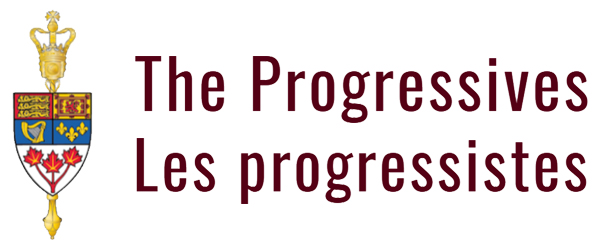Senator Wilson: My question is for Mr. Southey. You specifically referenced third-party habitat banking in your comments. I am a big fan of this. I think it is a great way to make sure that a habitat is up and operating before it’s used as an offset against a project. I’m continually frustrated by how this is not used more widely. Can you give us your thoughts on why that is and what needs to be done to make that happen more generally, not just in relation to this bill?
Mr. Southey: We can see multiple jurisdictions around the world where you have robust restoration economies created because there are provisions for third-party habitat banking. Our friends to the south of us have a very rigorous system. There is no reason Canada cannot have the same.
It is a matter of just putting the proper tools into the legislative array. It does mean creating new capacities in Fisheries and Oceans Canada, or DFO, to know how to handle these if it is a fisheries offset. There is no reason those capacities cannot be built quickly. It does demand that the interlocutors, whether it be an NGO, an Indigenous group or a consulting firm, understand the rules of the game and can put those mechanisms in place quickly. We believe that this is not a big lift.
For 5 or 10 years, we have been looking at this issue in Canada. We have many allies. We believe it could be put into place quickly. Even if it were put into place quickly, it still takes a while to implement, but the long-term benefit is an economy and culture of restoration — led by Indigenous peoples, local NGOs and local governments — that can lift communities and lift the economy. We would join you in celebrating it as a mechanism.

